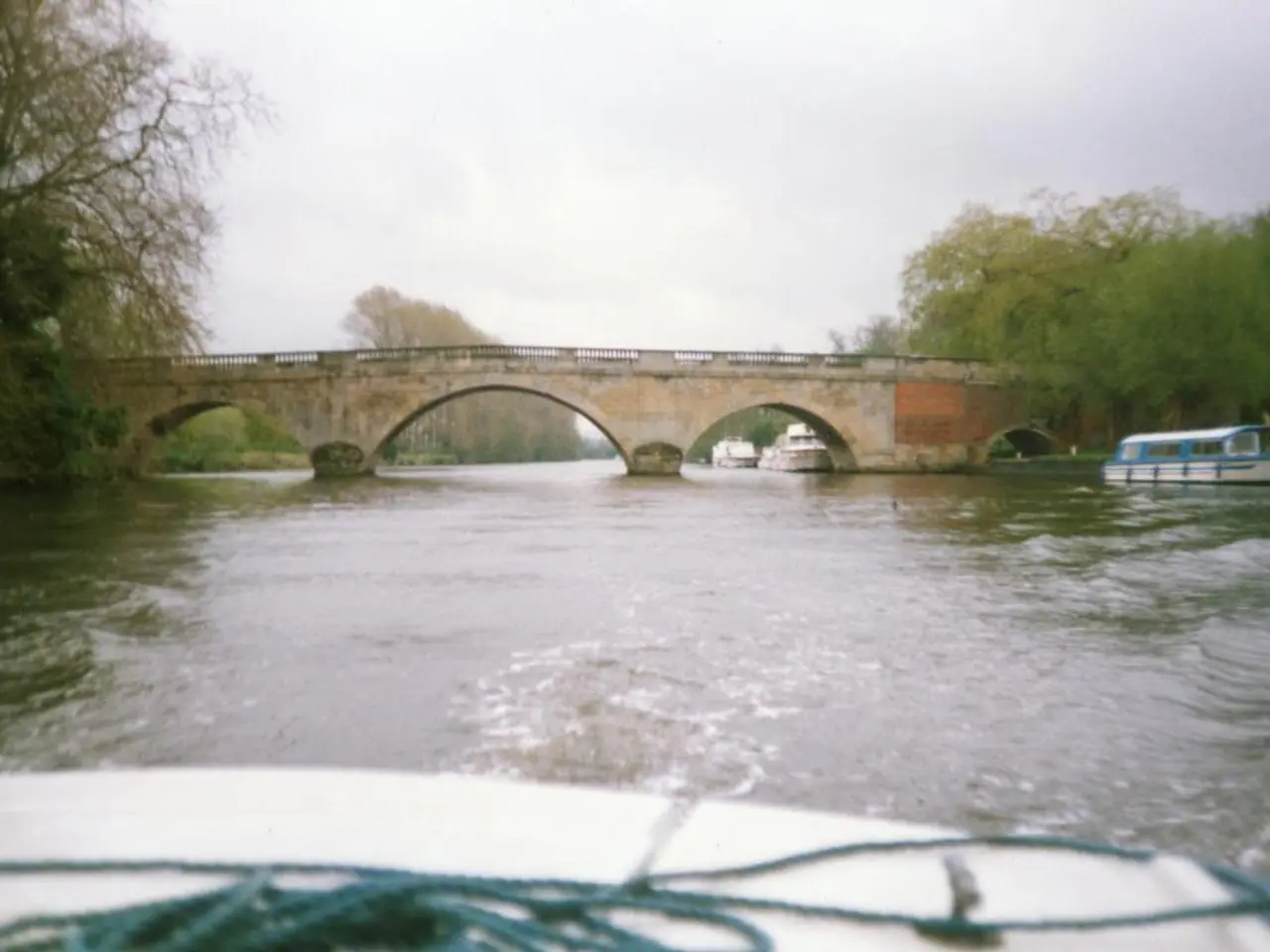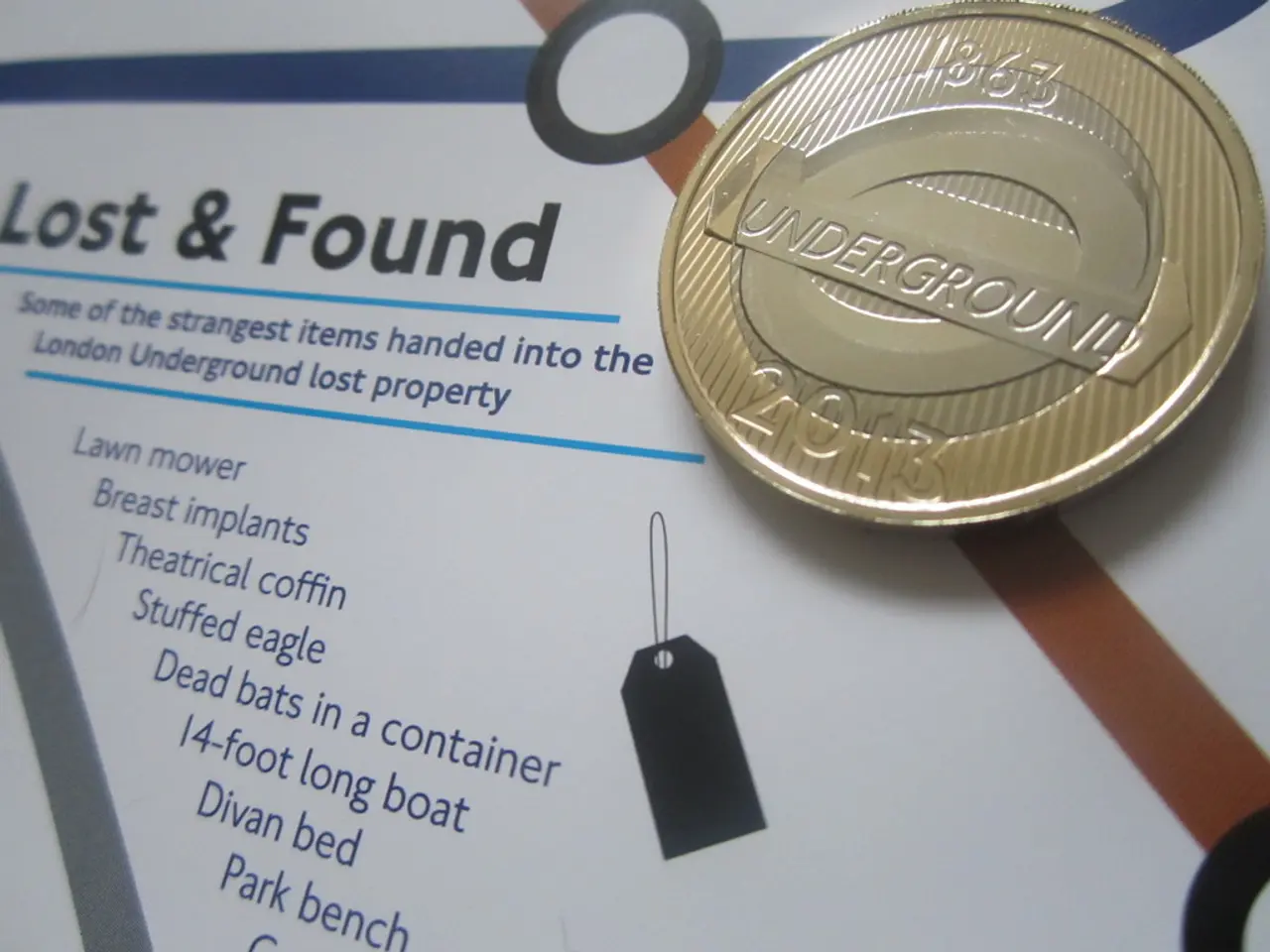Enhanced Reality Applications for Manned Hydrographic Explorations
In the bustling heart of Europe, the Port of Hamburg – the third largest container port in Europe and the 20th largest worldwide – is embracing the future with open arms. A groundbreaking project, partly sponsored by the German Federal Ministry for Education and Research, is set to transform hydrographic surveys within the port using Augmented Reality (AR) technology.
The project, known as WizARd, aims to develop an optimal AR application to assist skippers in navigating the complex seabed topography of the port. By integrating real-time sensor data, precise geospatial information, and user-friendly interfaces tailored for maritime navigation, the application promises to enhance situational awareness and operational efficiency.
The first step in this journey is the integration of real-time data streams. Utilising sensor data from sonar, GPS, depth sounders, and other hydrographic equipment, the system provides up-to-date situational awareness, allowing for dynamic visualisation and decision-making support in AR.
Advanced GIS technologies, like Esri’s ArcGIS, are leveraged to integrate existing hydrographic maps and satellite data with real-time inputs. The AR system overlay's accurate charts, tidal currents, difficult areas, and underwater topography directly into the skipper’s field of view, providing a comprehensive view of the surrounding waters.
The user interface design is another critical component. An intuitive AR interface, possibly wearable or integrated into vessel multi-function displays, overlaid navigational aids, hazard warnings, and survey progress. It also aggregates other sensor information (weather, radar, sonar) to assist decision-making without overwhelming the user.
Automated alerts and actions will also play a significant role in the system. Rules or AI will automatically alert skippers to critical changes – such as sudden depth changes or the presence of underwater obstacles – and suggest mitigation measures, similar to flood monitoring systems that automate responses based on sensor data thresholds.
Collaboration and remote access are essential features of the AR app. It supports remote teams by enabling data storage, sharing, and collaboration on survey progress using cloud services, facilitating coordination among crews and surveyors on shore.
The application is tailored to the Port of Hamburg’s specific hydrographic characteristics, including tidal patterns and local hazards, validating with actual survey data and skipper feedback. Hardware compatibility is designed for existing maritime hardware – wearable AR devices, tablets, or MFDs – ensuring robust connectivity to shipborne sensors and communication systems.
If the evaluation results indicate that an HMD might not be the perfect hardware option, other display technologies, such as transparent windshield displays, are a viable alternative. The project started with showing the bearing line – i.e., the line to follow during surveys – directly onto the water surface.
As the project progresses, the prototype will be gradually matured so that an operational-ready implementation and a pilot project can be the next steps. The current prototype could be used to investigate use cases and appropriate interaction techniques, and it could be extended to let users customize their view, switch on and off data layers, or save the position of discovered obstacles.
The project plans to evaluate the prototype – under laboratory conditions and in the field with the skippers – to ensure its effectiveness and user-friendliness. Further information about the project can be found at https://www.wizard.tu-dortmund.de/.
In the ever-evolving landscape of port operations, the integration of AR technology is set to revolutionise hydrographic surveys, offering the potential to reduce physical and mental workload for skippers, improve operational efficiency, and maintain the Port of Hamburg's position as a global hub for maritime trade.
The WizARd project, integrating AR technology and sponsored by the German Federal Ministry for Education and Research, aims to revolutionise hydrographic surveys within the Port of Hamburg by developing an AR application to enhance situational awareness and operational efficiency, integrating real-time data from various sensors, GIS technologies, and user-friendly interfaces tailored for maritime navigation (science, technology). Furthermore, this application is also expected to play a significant role in finance, given its potential to improve operational efficiency, reduce costs, and maintain the Port of Hamburg's global competitiveness.




